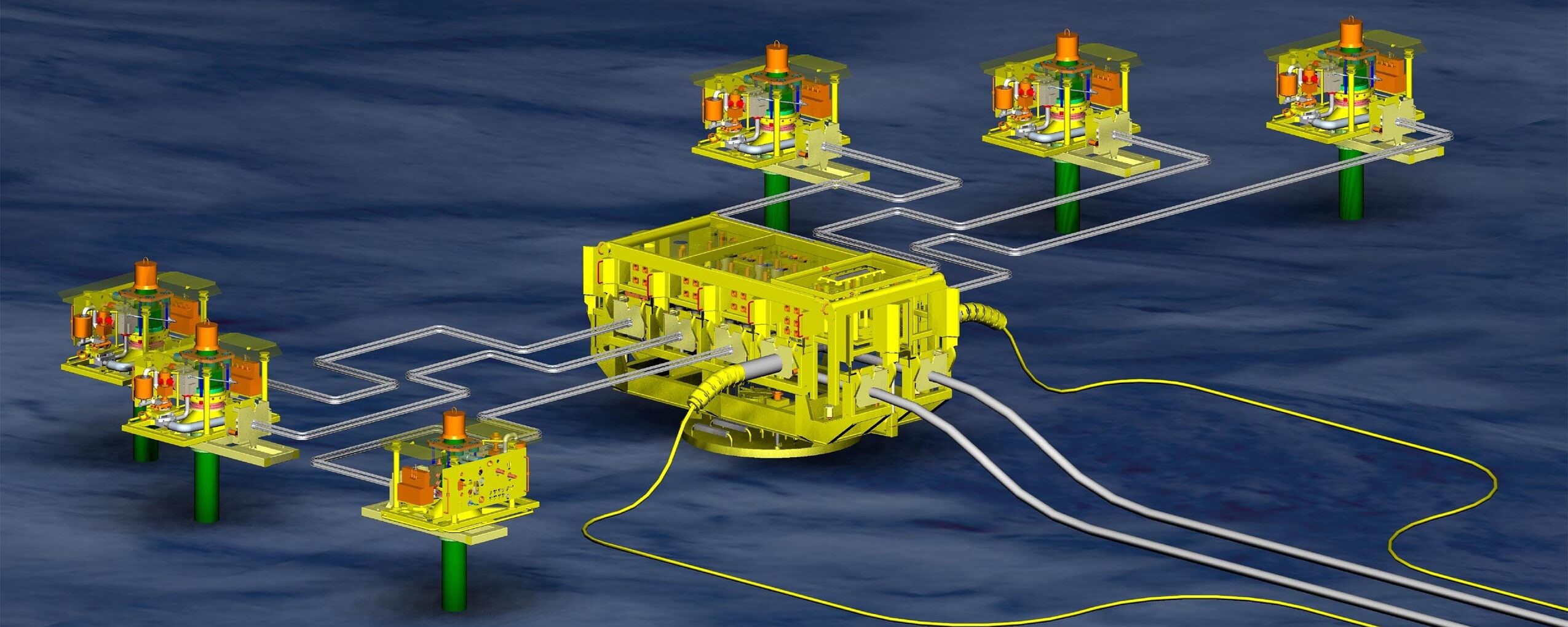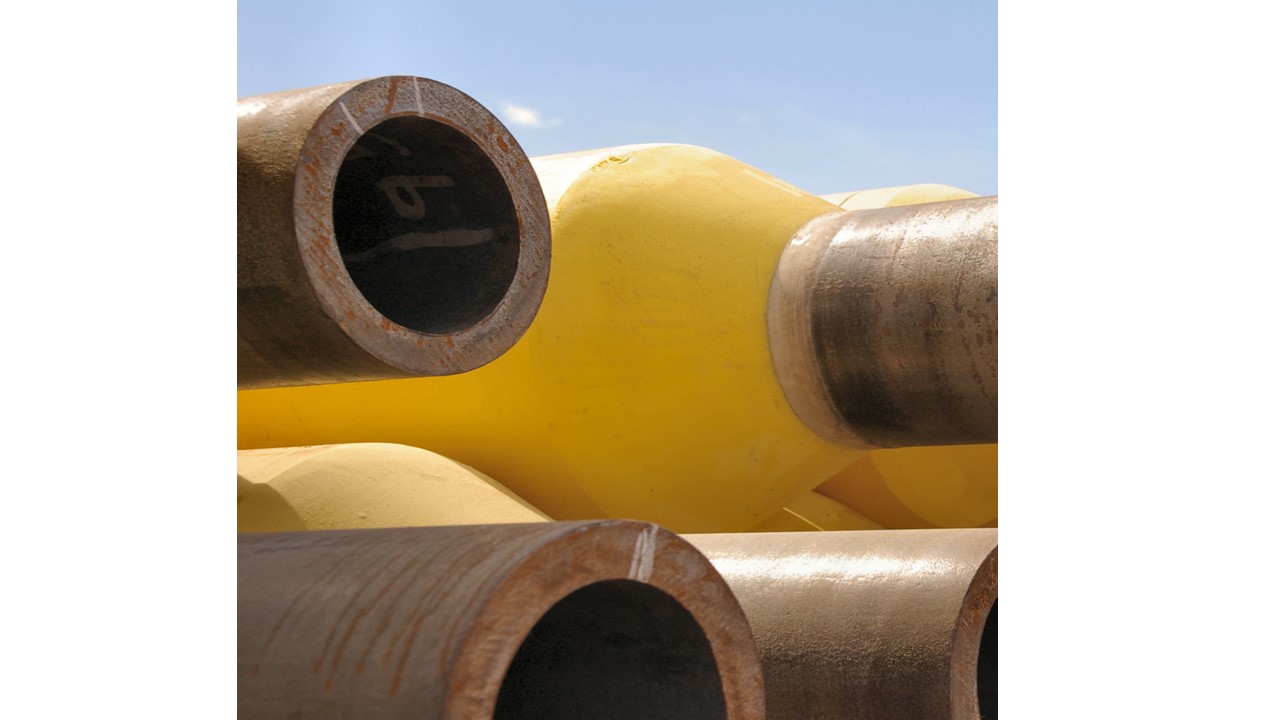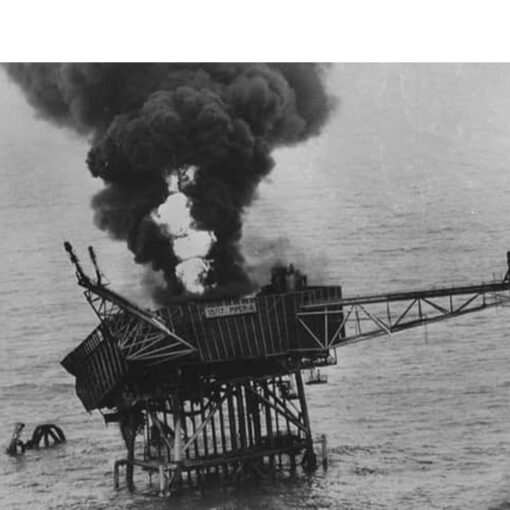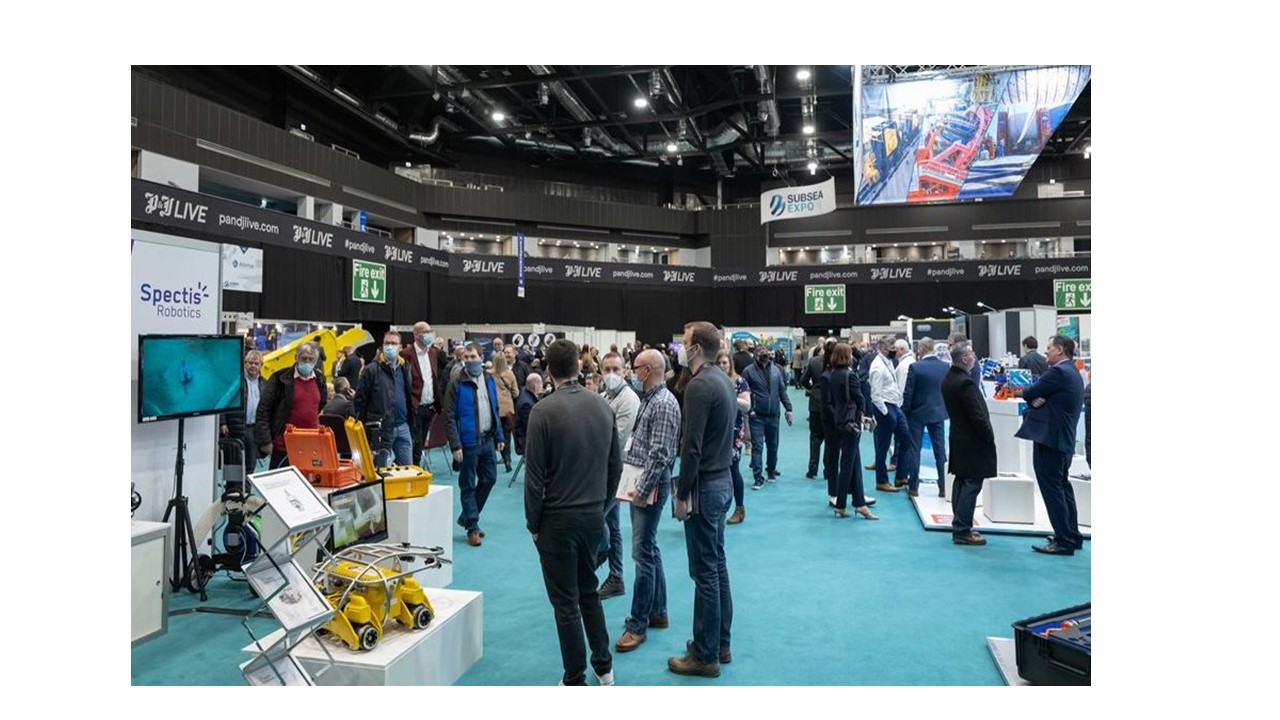Thirty two years ago, in the aftermath of the Piper Alpha platform accident in which 167 UK offshore workers died, I was asked by New Scientist magazine to write an article about the future of offshore production. The question which was asked was, could offshore oil and gas production be a much safer industrial activity without the direct involvement of vulnerable human beings?
The answer was not difficult to ascertain in light of what had just happened at Piper Alpha. And, of course, the growing importance of subsea production systems at the time – and since – made it seem like the right technology at the right time. No personnel equals no potential casualties, at least not directly at the point of production.
Scroll forward to the present day. Safety and environmental protection remain ongoing issues, but higher up the ladder of importance now is the more general impact on the environment from the use of hydrocarbons as energy sources. Governments around the world are being told they need to focus on reducing greenhouse gases with the aim of preventing the warming of the environment by a dangerous 2oC. At the same time, the world has been increasingly hungry for more energy to power and charge mobile phones, laptops, and the theoretically preferable electric cars. While the shift towards electricity generated by renewable sources – for the moment, primarily wind turbines and hydroelectric stations – and eventually hydrogen and ammonia-fed generation seems to be the way forward, they will not meet our electricity demand for some time.
The result is that we will need oil and gas – but preferably the latter and definitely not coal – as energy sources until the alternatives can meet world needs. So what is the answer? Well, according to a number of speakers at the recent UTC 2021 conference – usually in Bergen but held as a virtual event for the second year in a row due to the COVID pandemic – subsea is the flavour of the moment and may well be for some time.
Just as subsea seemed to be the answer to safety issues back at the end of the 1980’s because no personnel were directly involved, subsea seems to be favoured for environmental reasons now. Why is that? Firstly, according to these various speakers, there are no direct emissions from subsea systems. OK this could be seen as a positive, as long the power generation systems on the host facilities are not burning diesel, but most of them are except in Norway where platform electrification is either already in place or underway. Elsewhere? Not really. Jersey Oil & Gas is talking about a power-from-shore solution for the new Greater Buchan Area (GBA) platform and maybe a few others, but not very widespread. In Norway it works because 95%+ of the electricity generated there comes from hydroelectric sources. In the UK, renewables – mainly wind – have provided more than 50% of the electricity demand at times, but once demand rises with more electric cars and if offshore facilities want to take power from shore, the demand will not be able to be met from wind power and nuclear in the short term, but will need gas powered generation.
Many facilities, such as those in the UK, are ageing and the cost of laying a power cable from shore might mean that some fields will become uneconomic and be shut in. That was not part of the plan. In other sectors, such as the Gulf of Mexico, facilities are so far from land to make the bringing power from shore uneconomic. Essentially the power from shore idea works in Norway, but not many other places.
Another argument for subsea as a preferable production method is based on the application of new technology. Take some of the processing systems – separation, compression, water injection, et al – off hosts and put them on the seabed, removing emissions, risk, et al. This seems to be the suggestion from some quarters. And then there is another piece of electrification puzzle – electricification of the seabed. Slim down xmas trees and umbilicals, making them more cost and energy efficient.
One of the UTC speakers, Kalman Ildstad of the Norwegian Petroleum Directorate was particularly gung ho about the impact of subsea. Ildstad pointed to the preponderance of subsea completions – half the total in Norwegian waters – and said that there would be 50 subsea project by the end of next year with a total capex of as much as NOK400bn. He said 80% of the remaining discovered reserves on the NCS are within 40km of existing infrastructure, making them ripe for long distance tiebacks, although 40km may no longer qualify under the LDT banner.
The NPD official went on to cite the subsea processing succeses. He said that the subsea compression system at Asgard added reserves equivalent to 1.5 times the reserves at the Edvard Grieg field. The upcoming Ormen Lange subsea compression system – to be approved before the end of the year, he said – will add 11% – or about 30bcm of gas – to the recoverable reserves.
OK, we get the message. Subsea is the greatest thing since sliced bread. Is it going to save the world from global warming? Probably not, but it might be the best worst way of providing the hydrocarbons the world will need until decarbonisation is complete. When will that be? It is anyone’s guess, but ASAP, please, unless we want to end up like Venus.
**********
And just to prove themselves correct, the Norwegians are ploughing ahead with subsea projects at home and providing technology for other developments near and far. With announcements coming thick and fast, in just the last week, Equinor said it is moving forward with the Breidablikk and Kristin Sor, OKEA with Hasselmus, and Aker BP with Kobra East and Gekko. In addition to the Ormen Lange subsea compression project mentioned above – due to be supplied by OneSubsea with the technology original coming from the company formerly known as Framo Engineering – Aker Solutions will be the main contractor on the Io-Janzs subsea compression project that is part of Greater Gorgon off the west coast of Australia. So as far as Norway is concerned, subsea is the bee’s knees.




